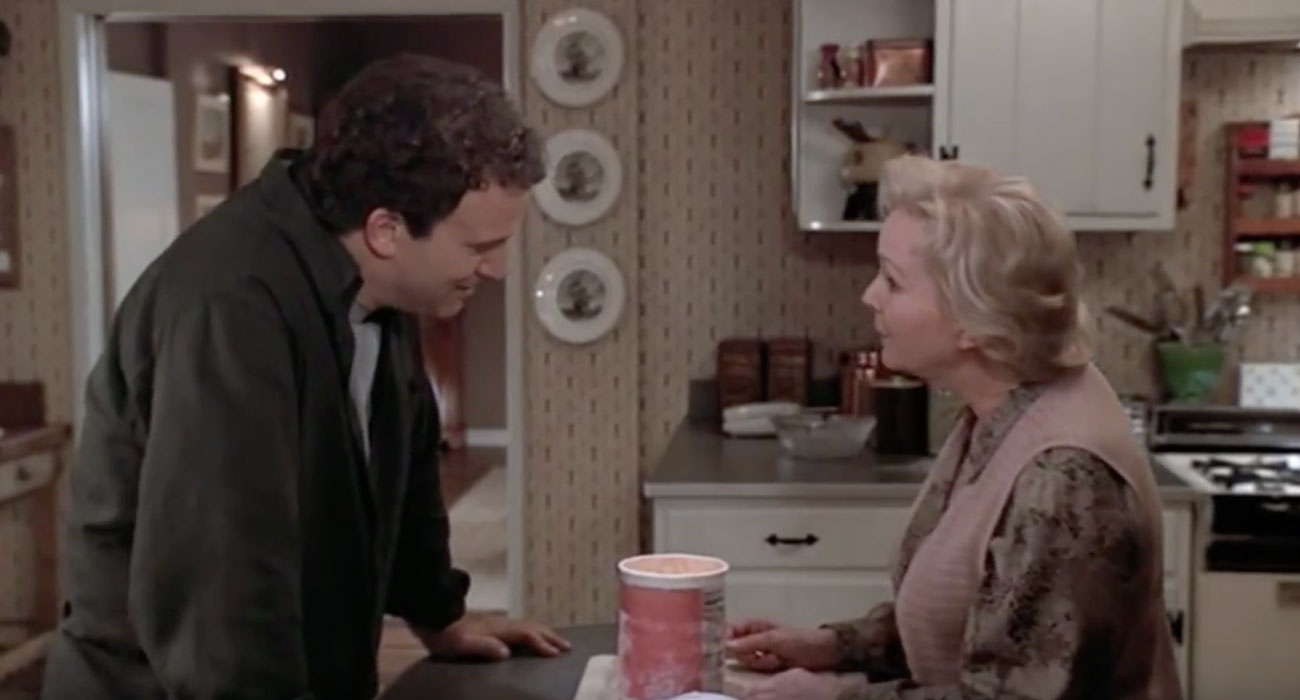My wife doesn’t believe in expiration dates. Seriously, she thinks that the “use by” date on a package or carton is merely a suggestion. Last week I found a can of vegetables in the back of the pantry that had expired during the Clinton administration.
There are food items in our house that are so historic they should be on display in the Smithsonian. She’s not a hoarder or anything like that. I just think that when it comes to stored food, she’s an eternal optimist. She’d rather think that can of peaches tucked away in the back corner of the pantry is “half good” instead of “half bad.”
After 26 years of marriage, I’ve come to believe that she thinks that expiration dates are just a marketing ploy from the food companies to try and sell more product. “These eggs look perfectly fine to me” she says.
“Honey, that’s a beak. There’s a chick trying to peck its way out of the shell over there.”
A friend once gave men this guide to judge whether dairy products were past their prime. “Milk is spoiled when it looks like yogurt. Yogurt is spoiled when it looks like cottage cheese. Cottage cheese is spoiled when it looks like a solid block of regular cheese. Regular cheese is nothing more than spoiled milk, so what’s the problem? Cheddar cheese is spoiled when you think it’s blue cheese, even though you know you’ve never purchased any blue cheese.”
Our kitchen is often filled with potatoes that have sprouted and are ready for spring planting. However, and to her credit, she will throw out the flour when it begins squirming.
In the freezer she thinks things are different because the food has been frozen. It’s like the scientists that dug the caveman out of the ice, “See what good shape he’s in?”
I will admit that during my college days— and several years before I met my wife— expiration dates were a little like playing Russian roulette. I remember buying frozen chicken pot pies, three for a dollar. I would load up on those and keep them in my college apartment freezer. This was during the pre-restaurant days before I had ever heard of the first-in-first-out rotation method, when times were counting-change-in-the-sofa-cushions tight. I would dig through layers of ice in the back of the freezer, and as long as the year was the same, I would eat the pot pie. Luckily, I’m still here to tell the tale.
My friend, collaborator, and business partner, Wyatt Waters, moved in with his mother for a couple of years and he experienced the same phenomenon that I live with on a daily basis. His mother, the sweet and wonderful Lucy Waters, once tried to feed him 10-year old hot dogs. Her philosophy was the same as my wife’s, “They’ve been in the freezer all of this time. There can’t be anything wrong.”
There is a funny scene in the Albert Brooks movie, “Mother” in which his mother, played by Debbie Reynolds (That’s Princess Lea’s real-life mom for those of you under 40), pulls out a tub of 12-year old orange sherbet from the freezer and discusses the benefits of the “protective layer of ice” on the top of the ice cream. Brooks responds, “You’re running a food museum here. It tastes like an orange foot.”
It does get a little confusing as to what is “best before” or what is to be “used by” or “sold by.” The website eatbydate.com defines the terms this way:
The “Best Before Date” is, according to the manufacturer, the last date by which a products flavor or quality is best, the optimal time of its shelf life for quality. As noted above, the product may still be enjoyed after the “best before date.” Additionally, the manufacturer may call this the “Best if Used By” date or the “Best By” date, which indicates that the quality of food might diminish after that date, but it is still good to eat, and the shelf life is still active.
The “Use By Date” is the last day that the manufacturer vouches for the product’s quality. The use by date is the date the manufacturers recommend to use the product for “peak quality” in the food. So, you may eat the food after the use by date, but it likely is not going to be at peak quality.
The “Sell By Date” on a product is the items expiration date, the end of its shelf life at the store. This is the last date stores are supposed to display the product for sale, after the Sell By Date the stores should remove the product, the Shelf Life has expired. Although the food product may be used and enjoyed past this date, it is not recommended to purchase a product if the Sell By date has past.
The “Shelf Life” of food is used in reference to these common codes (Use by Date, Sell by Date, and Best Before Date). The Shelf Life depends on which code is used and the type of product in question. Please see the specific page for your product to determine the proper shelf life of food because the Shelf Life is different for each particular item.
As for my wife, botulism hasn’t gotten her, yet. She’s lived this long, and I guess I should be grateful for small instances of frugality. In the case of Waters— a man who is known to live dangerously and drink milk well after the “use by” date— he says, “I believe that the only expiration date that is hard and fast is my own, and it won’t matter to me after it has passed.”
Amen, brother.
Onward.



